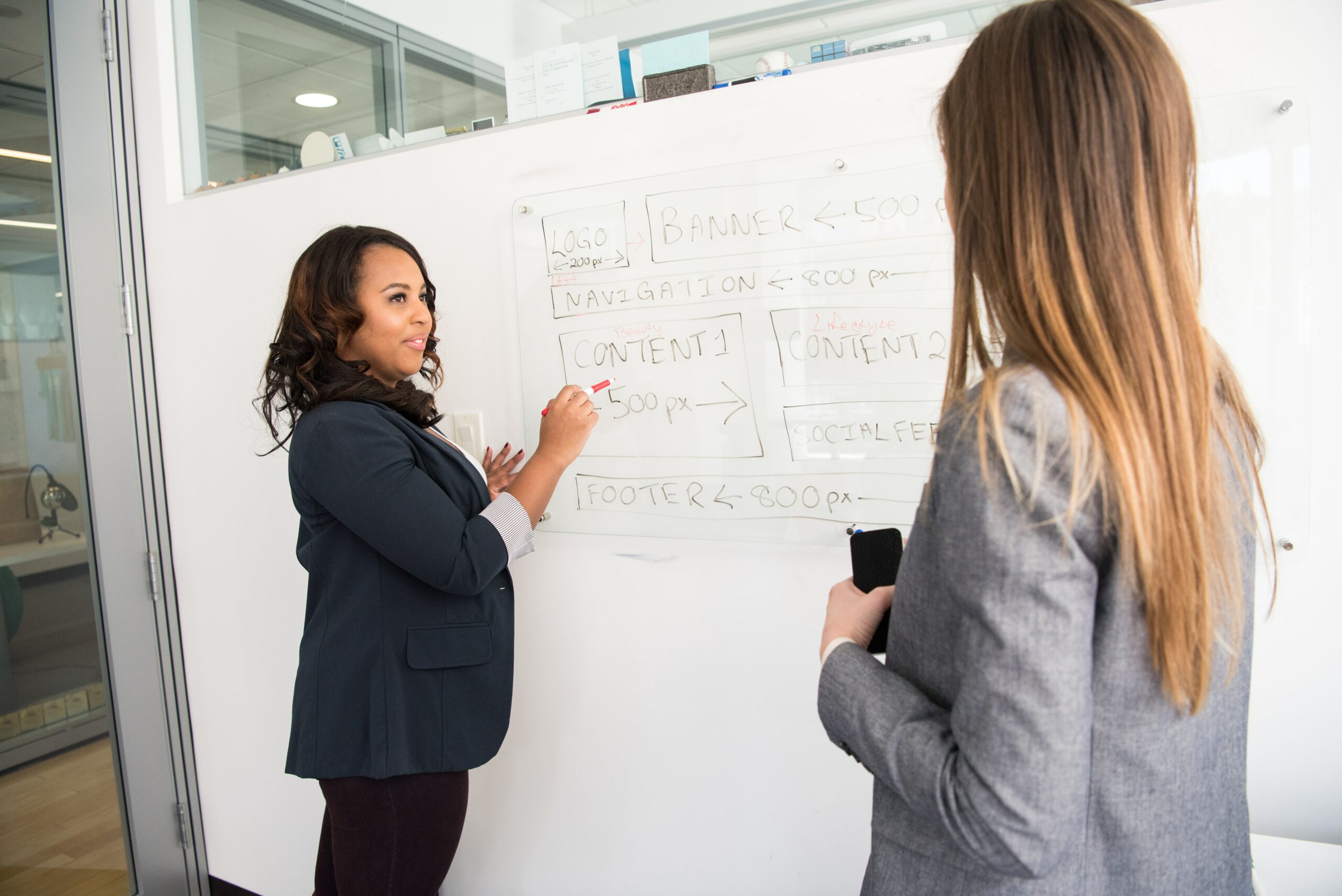Education and teaching are the inter-complex terms of two different concepts. Education is one of the tools which can increase human mental and physical capacity. It helps an individual to increase the productivity which leads to human civilization. In other words, it can be defined as the process of receiving or giving systematic instruction of the school or college.
However, teaching is a practice of shaping one’s thought and action through proper instructions or guiding the person to develop a new behavior and capacity. It can be conducted through several methods and techniques depending on the nature of the subjects and student respectively.
Here are some of the basic differences which illustrate the differences between education and teaching:
1. Highlighting the main difference:
Education is something that one gets at some point in life. It is the process of seeking information from various resources. It is not necessary that you educate yourself by learning a particular thing or a lesson from school, college or university. You can educate yourself by watching an important documentary of the informative stuff or watch a sitcom or play that has an important message for the social welfare of the people. Similarly, one can read newspapers or magazines to empower his knowledge about world affairs or the other topic that pursue your interests.
However, teaching is the holistic practice of giving proper guidance for better education. A person who is not well educated cannot become a good teacher. It is the ability to pass on the information into your students. However, teaching does not involve the self-learning of the different things. A person needs a mentor to guide about various subjects in a particular school or college. It can only happen by the authentic person or the instructor who can teach lessons in a specific school, college or university.
2. Types of education and teaching:
Education is the process of acquiring knowledge through study or imparting the knowledge through instructions or the practical procedure. There are three types of education
- Formal education: It consists of the schools or the institutions involved and have a proper time frame to complete the course of a subject. The scope of the wearing uniform is the key to develop the discipline among the students. It has a hierarchical structure where the accolades are presented to the bright students.
- Informal education: It is practical learning and has the learner’s centered approach. It consists of real-life learning experiences.
- Non-formal education: It is a long process of learning which is acquired from home. A person gains knowledge from the familiar environment where you learn the knowledge by experiencing someone’s work or skill.
Similarly, the scope of teaching has brought into two different concepts which are as follows:
- Formal teaching: It is a classroom-based instruction which is facilitated by the licensed professionals who fall under this category. It is governed by the educational system that follows the curriculum and the number of class hours.
- Informal teaching: It is the teaching that occurs outside the regulation of the classroom and does not require licensing as formal. Examples are home-based teaching or outside school tutorials.
3. Criteria for education and teaching:
There are some criteria for education which are as follows:
- More or less permanent change: Genuine learning is the characteristics of the individual’s performance. For example, if a student gets zero in a quiz. It means that he has not learned anything from the lesson.
- Positive or negative: It is ideal for a student to adopt a positive attitude. However, it is a known fact that a negative attitude can be adopted easily.
- Brought through experience: The arena of education cannot be affected by a learner’s illness, maturity or injury.
However, there are some criteria which need to be adapted to a healthy practice of teaching sphere.
- Does it support the child’s safety?
- Does it support the child’s academic development?
- Does it encourage the child’s creativity and imagination?
- Does it support the child’s self-esteem and empowerment including his capacity to be self-directed?
This criterion is the strong footing towards adopting a healthy practice of the teaching methods which improvises the student’s learning and expectations from the teacher.
4. Education is an interdisciplinary field of learning about social subjects versus teaching is a practical process:
Education is a term given to a collection of studying the social subject which includes art, science, and social sciences. However, teaching is a practical process that involves human beings as the dominant subjects.
5. Education – a process versus teaching-an occupation:
In simple words, education is the simple process of bringing awareness into one’s mind and develops creative thinking about the world, science, and religion. On the other hand, teaching is a simple occupation where the teacher plays an important role in enlightening knowledge among the students.
In the current scenario, the students can hire the professional writers to prepare the assignments for paying 7 dollar essay writing service. It is one of the components of the modern system of education, particularly in schools and colleges.

